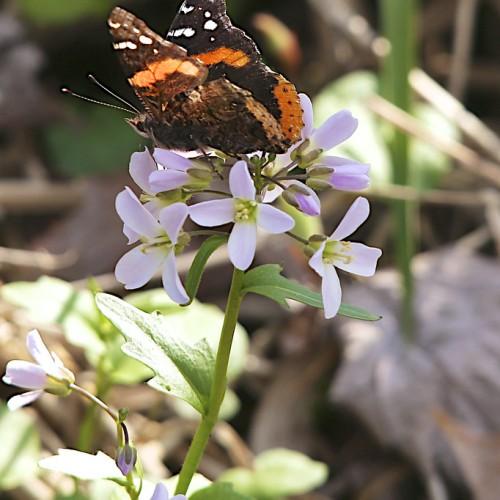
Purple Cress
Cardamine douglassii
Also Known As - Limestone BittercressWatering:
Minimal
Hardiness Zone:
Sun:
full sun,part shade
Leaf:
Yes
Growth Rate:
Low
Drought Tolerant:
Yes
Salt Tolerant:
Yes
Invasive:
Yes
Care Level:
Medium
watering
Toothed bittercress is a hardy plant that can thrive in many different conditions. It does well in moist soils, but will also tolerate dryer soil. When watering, it's generally best to err on the side of caution and provide enough water to keep the soil moist, but not soggy. During the warmer months, watering the plant every few days should be adequate. During the cooler months, it may only need to be watered once a week or every other week. It’s important to look for signs of drought stress (such as wilted or yellowed foliage) between watering, as this will help you to better gauge when to water the plant. Always remember to water thoroughly, as infrequent, light watering can promote shallow root growth.
sunlight
Toothed Bittercress needs moderate to full sunlight in order to thrive. It should be planted in a location that gets at least 6 hours of direct sunlight per day. However, you should avoid planting it in an area that receives direct sunlight all day, as this can cause the plant to become scorched due to the intense heat. They will still do well in spots that receive partial sunlight, as long as the plant gets enough direct sun to develop photosynthesize and grow healthily.
pruning
Toothed Bittercress (Cardamine dentata) is best pruned in early spring, before new growth appears. For less vigorous plants, remove any dead or damaged stems and any weak shoots that emerge from the lower parts of the plant. If more pruning is needed, selectively remove overgrown or scruffy-looking parts of the plant, taking care to retain a pleasing overall shape. For plants with multiple stems, lightly trim outward facing stems to encourage fuller growth and prevent a lopsided, top-heavy structure. Prune just above a leaf node to encourage more shoots.
